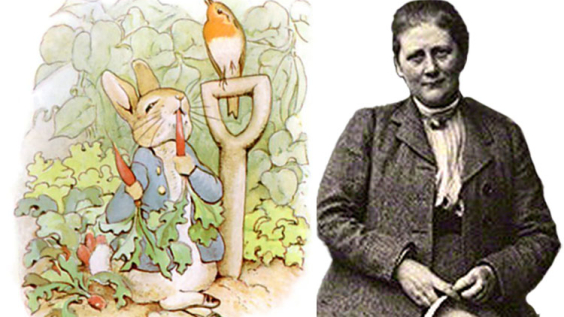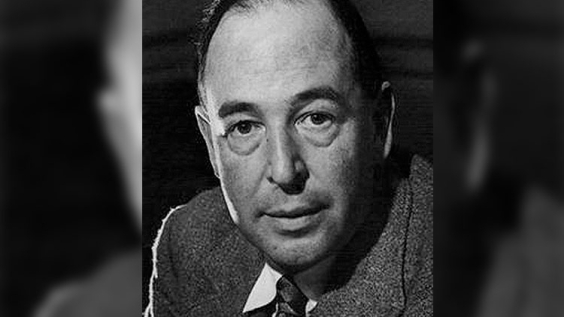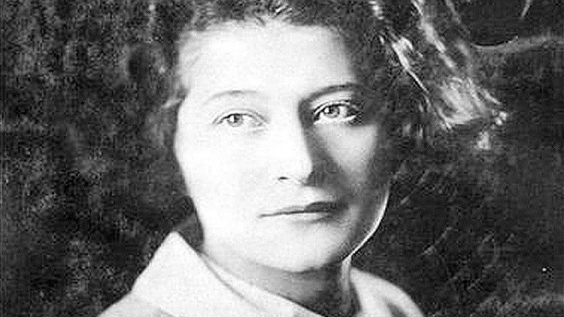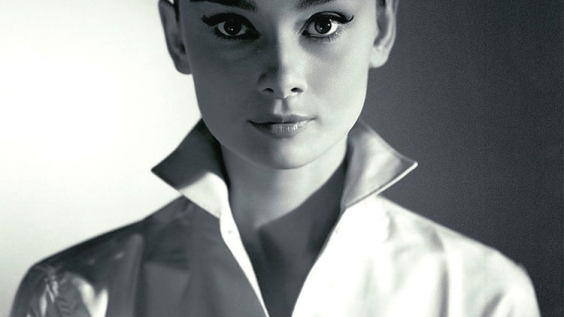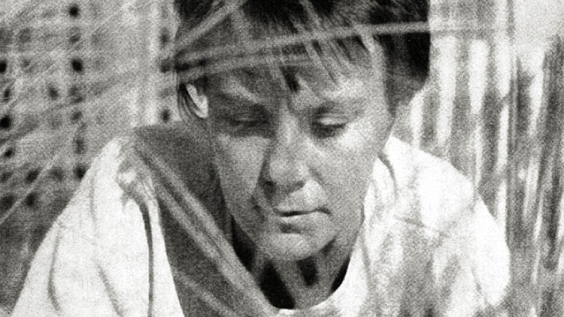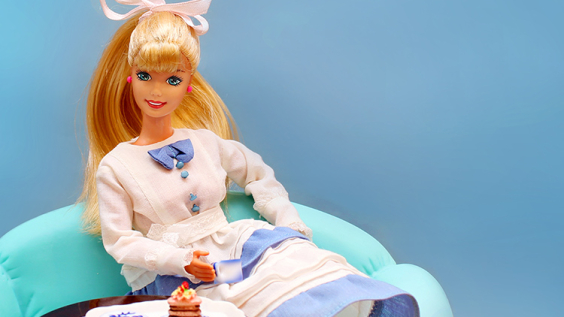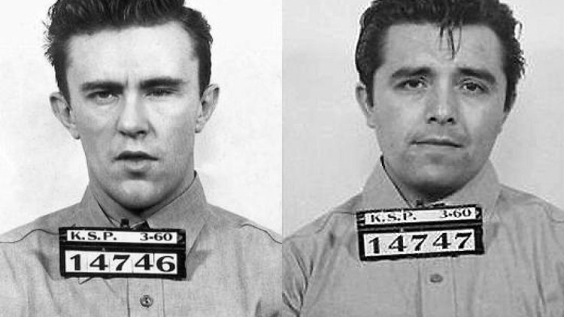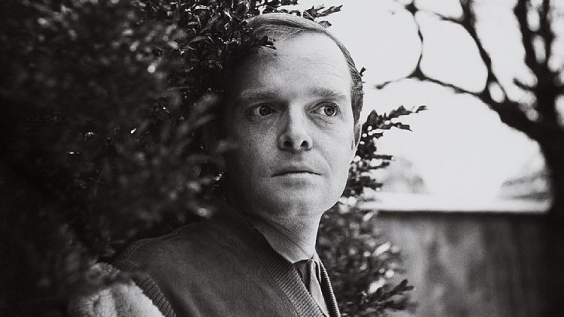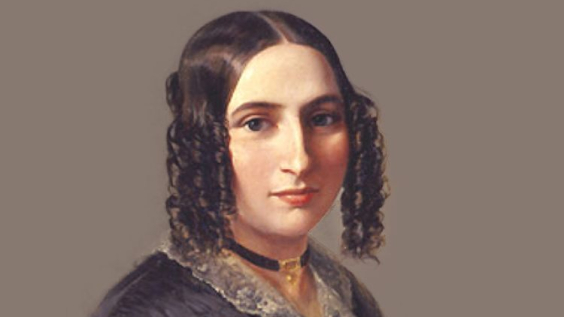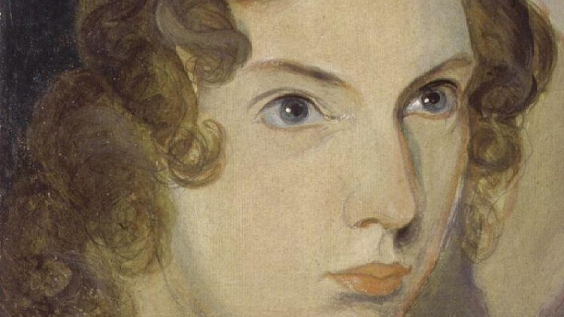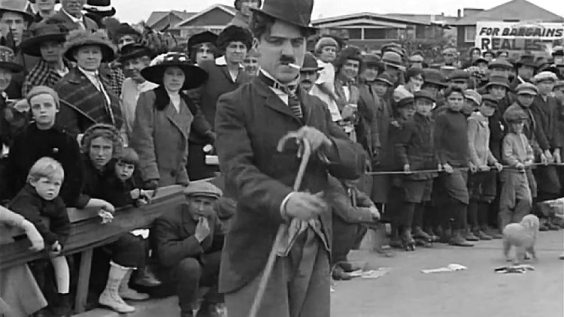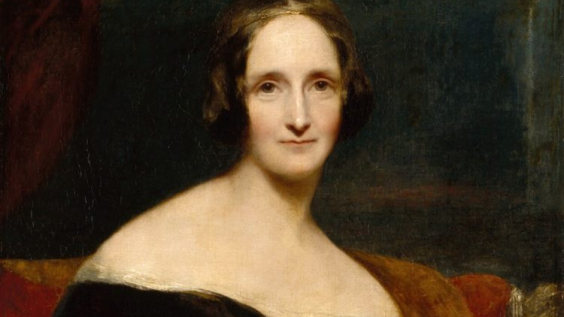
The history of the fictional secret agent and his creator, Ian Fleming, is closely connected to the beautiful island of Jamaica. It was here that Fleming wrote a series of novels and short stories featuring British secret agent 007, James Bond.
The books Dr. No, Live and Let Die, The Man With the Golden Gun and the short story Octopussy are partly set in Jamaica, whilst a number of Bond films have also been shot there.
The latest film release, No Time To Die, opens with a retired James Bond living in Jamaica’s Port Antonio, the seaside town on the northeast coast of the island.
But how did this exotic island become the backdrop for a series of thrilling post-war espionage adventures?
Bond’s spiritual birthplace
Whilst serving in the Naval Intelligence Division, Ian Fleming was determined to change career and become a successful author, telling a friend, “I am going to write the spy story to end all spy stories.”
After flying to Jamaica to escape the dreary winter weather in Britain, on 17 February 1952 Fleming achieved his dream. The budding novelist, nervous before his upcoming wedding to Ann Charteris, started writing to distract himself from feeling nervous. The book was called Casino Royale, and the world’s most famous spy was born.

Ian Fleming’s desk, photographed in Fleming’s Villa on the GoldenEye Estate.
Image Credit: Brianne Williams
Fleming had fallen in love with the raw beauty of Jamaica when he was posted there during a naval operation in World War Two. He bought a 15-acre estate in 1946, which had been a donkey racetrack, and named it ‘GoldenEye’, after one of his clandestine World War Two missions.
He returned many times over the next 20 years, writing all 14 Bond books there during his vacations. The tropical climate made GoldenEye his favourite getaway from cold, smoggy, post-war London.
Jamaica in the 1950s and early 1960s (when the island was a British colony) was becoming a jet-set location for the rich and famous, who were drawn by the island’s stunning rainforests, mountainous landscapes and reef-lined beaches.
Fleming found many of his London friends alongside him on his travels.
The Fleming Factor
Fleming’s years on the island, alongside the iconic success of the Bond spy books and films, had a huge influence on Jamaica’s popularity as a luxury holiday destination. From the white sandy beaches to the hip hotels, 007 history can be traced across the island.

The lobby of Fleming’s Villa on the GoldenEye Estate, as it appears today.
Image Credit: Brianne Williams
So influential was Fleming to Jamaica there is even an airport named after him. What had previously been known as Boscobel Aerodrome became the Ian Fleming International Airport in 2011, although it was not without controversy.
Locals felt that the airport should have been named after a prominent Jamaican rather than the British-born Ian Fleming. But Jamaica’s Prime Minister at the time, Bruce Golding, felt that Fleming had given the island “an image much larger than it would otherwise have had”.
Golding argued that Jamaica’s special atmosphere and style had played a key role in the creation of one of the world’s most popular fictional characters.
 Listen Now
Listen NowThe ultimate secret agent vacation
GoldenEye, Fleming’s home, was bought in 1976 by Chris Blackwell, founder of Island Records, who turned the estate into a secret hideaway for rock and pop stars. It was then transformed into a bohemian luxury resort hotel and resort in 2011.
Today guests can explore the very same beaches, coves and gardens that Fleming did. Fleming’s villa is the very same home designed and lived in by the writer himself and features the desk Fleming wrote at, apparently on a gold-plated Royal typewriter.
The hotel is decorated with fascinating Bond and Fleming memorabilia, paying tribute to the writer’s years living on the estate.
Another local historic nightspot and Fleming hang-out is the Jamaica Inn, which became a popular meeting spot for the expat social scene in the Caribbean in the 1950s.
This stylish resort has welcomed many famous guests, from Sir Winston Churchill to Marilyn Monroe. The Morrow family (who have owned the hotel for over 60 years) were close friends with the famed writer.
The Jamaica Inn itself features in the first Bond book, Dr. No, whilst the bar serves up the legendary martinis, “shaken not stirred”. It’s rumoured to be the very spot in which Ian Fleming first coined the famous phrase.

The lobby of the Jamaica Inn.
Image Credit: Jamaica Inn
No Time to Die
The island has featured heavily in various Bond films. Laughing Waters beach in Ocho Rios was the backdrop for Sean Connery’s debut as 007 in 1962’s Dr. No.
Roger Moore also made his Bond debut in Jamaica, hunting down super-villain Dr. Kananga in Live and Let Die, with many scenes filmed at the former sugar plantations of the Rose Hall estate in Montego Bay, which is now an 18-hole golf course.
In Daniel Craig’s final Bond film, No Time To Die, in which Bond has retired to live in Jamaica, it seems fitting that the filmmakers would bring the world’s most famous spy back to his spiritual home.



